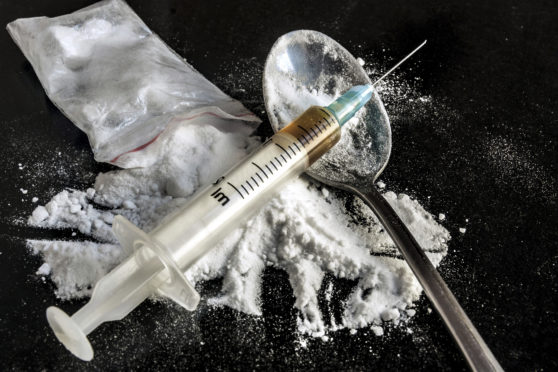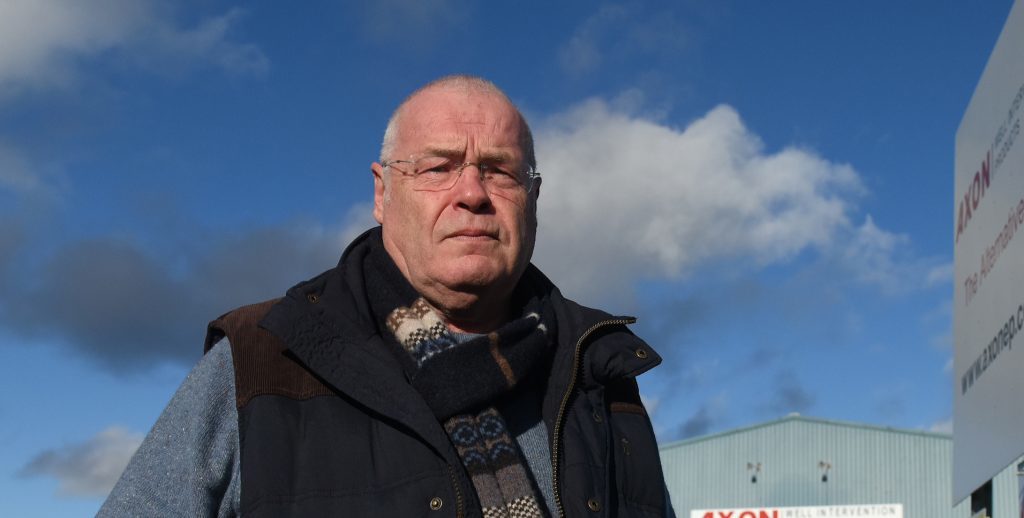The leader of Angus Council has urged national politicians to stop playing a “blame game” over drug deaths and look outwards for a solution.
Arbroath West and Letham Independent Councillor David Fairweather spoke out after it was revealed last week that the number of drug-related deaths in Scotland soared to 1,187 last year – the highest since records began.
The figure puts Scotland’s drug death rate at almost three times that of the UK as a whole and higher than that reported for any other EU country.
The figure for the US of 217 drug deaths per million of the population is now just below Scotland at 218.
Now Mr Fairweather has suggested looking to Kentucky for inspiration as drug deaths in the state are finally lowering after increasing year after year.
In Kentucky the death toll from drug overdose rise to an all-time high of 1,566 in 2017 after years of steady increases but recorded a drop of 233 in 2018 in statistics published last week.
Mr Fairweather said: “Every life lost to the vice-like grip of drug addiction is a tragedy, but against this appalling backdrop we are seeing a blame game being played out by the Scottish and UK governments which frankly helps no-one.
“Like Scotland, opioids play a significant part in drug deaths in Kentucky, but for the past three and a half years, the administration there has made tackling the issue a top priority, and it is clearly starting to pay off.
“We need to ask ourselves why measures are starting to work in Kentucky, but are not working here.
“This is not just a local or national issue, it is an international issue, and we need to look at the approach being taken by other countries and learn from their successes and failures.”
A number of initiatives have been implemented in Kentucky including the creation of a call centre to provide information on treatment options and open slots among treatment providers and a website with a search engine for drug treatment, helping users locate treatment providers based on location, facility type, and category of treatment needed.
The Department of Corrections is also undertaking a comprehensive overhaul of substance abuse programmes, and is hiring additional treatment clinicians to provide services both inside and outside prisons, and is providing dedicated treatment staff at probation and parole offices.
Mr Fairweather said: “What we are seeing in Kentucky is that prioritising the issue has led to investment, strong interventions and a comprehensive approach which is saving lives.
“I’d like to see the same determination to tackle drug deaths shown here.”











